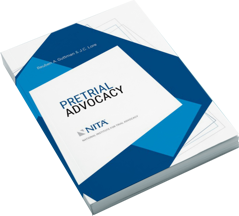Case Is Reminder That Healthcare Fraud Is An Important Election Year Issue
WASHINGTON, Oct. 17, 2016 /PRNewswire-USNewswire/ — A whistleblower case alleging the payment of kickbacks by Abbott Laboratories to induce prescriptions for the drug Depakote, for elderly patients in nursing homes, has resulted in a $28 million dollar settlement with one of the nation’s largest long term care pharmacies, Omnicare.
“This case is a reminder – especially in an election year with healthcare and the conduct of big pharma at issue – that healthcare fraud and waste continues to compromise patient care and drain valuable healthcare dollars,” said Reuben Guttman of Guttman, Buscher & Brooks (GBB) PLLC which represented lead whistleblower, Meredith MCcoyd. In addition to Guttman, the GBB team included Traci Buschner and Caroline Poplin, MD, JD, the firm’s Medical Director.
The case was filed and resolved under the Federal False Claims Act (FCA). That statute allows whistleblowers to bring suit in the name of the government.
According to the complaint in intervention filed by the United States Department of Justice (DOJ), “By knowingly and actively soliciting kickbacks to promote Depakote, Omnicare enhanced its profits at the expense of the elderly nursing home residents it purported to protect. . .”
The government’s complaint in intervention also alleged that “in exchange for Abbott’s kickbacks, Omnicare engaged in intensive efforts to convince nursing home physicians to prescribe Depakote. . .”
Guttman, Buschner & Brooks PLLC, www.GBBlegal.com, is one of the nation’s leading whistleblower law firms. Attorneys at the firm have represented whistleblowers in cases returning more than $5 billion to state and federal governments. For more information on the False Claims Act go to www.whistleblowerlaws.com
